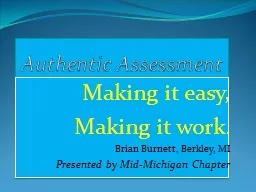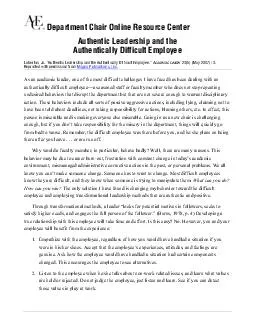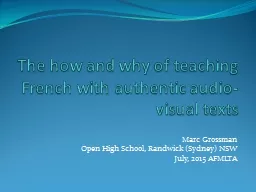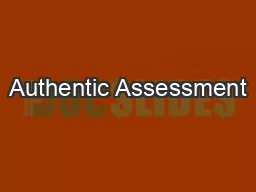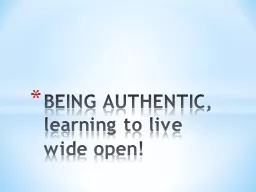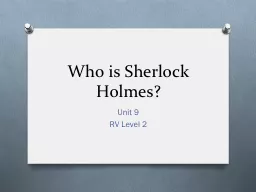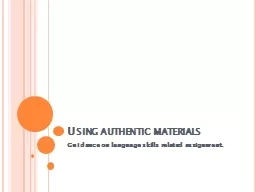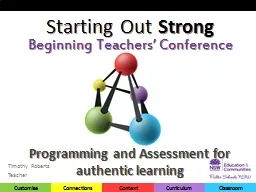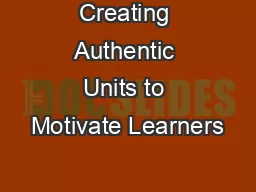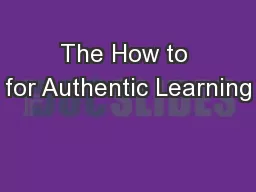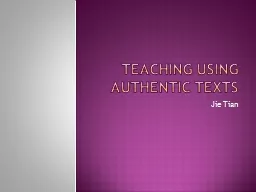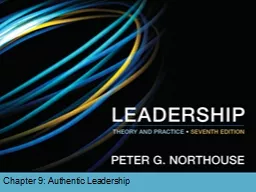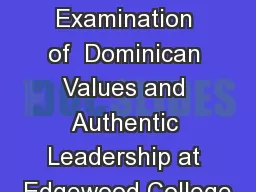PPT-Authentic Assessment
Author : tatyana-admore | Published Date : 2016-12-20
Making it easy Making it work Brian Burnett Berkley MI Presented by MidMichigan Chapter Lets go on a journey Where shall we go Pick some places on the planet
Presentation Embed Code
Download Presentation
Download Presentation The PPT/PDF document "Authentic Assessment" is the property of its rightful owner. Permission is granted to download and print the materials on this website for personal, non-commercial use only, and to display it on your personal computer provided you do not modify the materials and that you retain all copyright notices contained in the materials. By downloading content from our website, you accept the terms of this agreement.
Authentic Assessment: Transcript
Download Rules Of Document
"Authentic Assessment"The content belongs to its owner. You may download and print it for personal use, without modification, and keep all copyright notices. By downloading, you agree to these terms.
Related Documents

